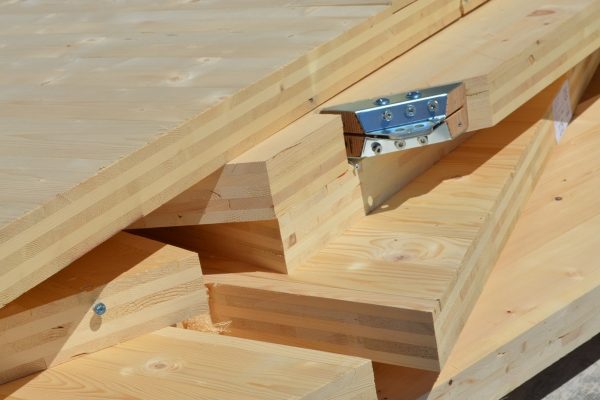Mass Timber Construction and Sustainability
One of the unique dimensions of carbon sequestration in forestry is how materials generated in forest management are used. Carbon stored in food and feed has a relatively short path to the atmosphere as we—or livestock—eat it and exhale greenhouse gases. In contrast, forest products are commonly sequestered in wood products (houses, furniture, etc.) for decades or even centuries. Currently, cement is the source of 8% of global CO2 emissions; more than jet fuel, which accounted for 2.4% of global CO2 emissions. If we continue to build with concrete and steel, researchers say, the cumulative emissions from these mineral-based construction materials might account for one-fifth of the global CO2 emissions budget up to 2050—a budget, they stress, we can’t exceed if we want to keep warming below two degrees. To reach net-zero carbon emissions by midcentury, we need to lower our carbon output and also create carbon sinks to balance the atmosphere and counteract emissions that may be impossible to avoid.
“Buildings, which are designed to stay for decades,” researchers write in the paper, “are an overlooked opportunity for a long-term storage of carbon, because most-widely used construction materials such as steel and concrete hardly store any carbon.” The opportunity then lies in timber buildings mass timber specifically, which refers to the use of large, solid engineered wood panels, often made of smaller boards layered and laminated together, to construct walls, floors, and roofs (and differs from thinner light frame or post-and-beam construction). A five-story residential building made with laminated timber can store up to 180 kilos (nearly 400 pounds) of carbon per square meter, three times more than natural forests with high carbon density.


